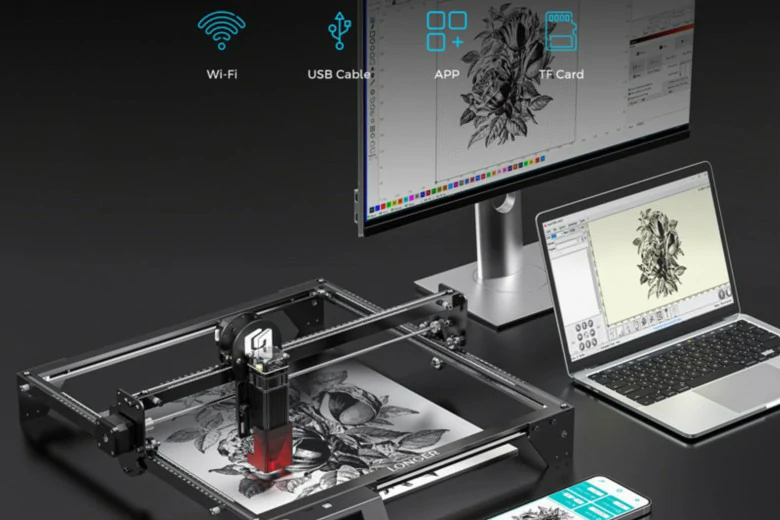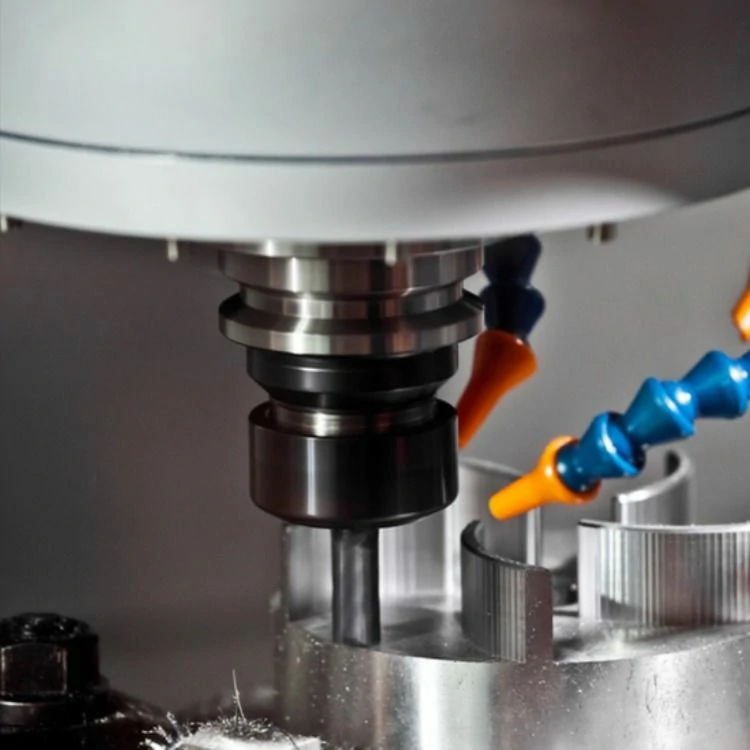Steps and Tips on How to Create a Prototype
Introduction:
In the world of product development, creating a prototype is a crucial step in bringing your ideas to life. A prototype provides a tangible representation of your concept, allowing you to test and refine it before moving forward with production. This article will guide you through the steps and provide valuable tips on how to create a prototype effectively.
1. Define the Purpose and Scope:
Before starting the prototyping process, clearly define the purpose and scope of your prototype. Ask yourself questions such as: What problem does my product solve? What features should be included? What are the key objectives? This initial step will help you establish a clear direction and focus.
2. Sketch Your Ideas:
Begin by sketching your ideas on paper or using digital tools. This step allows you to visualize your concept and make necessary modifications before moving to the next stage. Keep your sketches simple yet detailed enough to convey your ideas accurately.
3. Choose the Right Prototyping Method:
There are various prototyping methods available, depending on your product and requirements. Some common methods include 3D printing, foam or clay modeling, and virtual prototyping. Carefully choose the method that best suits your needs, considering factors like cost, time, and level of detail required.
4. Create a Digital Prototype:
In today’s digital age, creating a digital prototype is often an essential step. Utilize computer-aided design (CAD) software to create a 3D model of your product. This will give you a realistic representation and allow for easy modifications. Additionally, digital prototypes can be shared and tested virtually, saving time and resources.
5. Build a Physical Prototype:
Once you have a digital prototype, it’s time to bring it into the physical world. Depending on the complexity of your product, you may opt for different materials and techniques. Foam or clay modeling can be used for early-stage prototypes, while 3D printing or CNC machining is often employed for more advanced prototypes. Focus on creating a prototype that closely resembles the final product in terms of appearance and functionality.
6. Test and Gather Feedback:
Testing your prototype is a critical step in the development process. Identify the key metrics you want to measure and conduct various tests accordingly. Collect feedback from potential users, industry experts, or focus groups to gain valuable insights. This feedback will help you identify areas for improvement and make necessary adjustments to your design.
7. Iterate and Refine:
Based on the feedback received, iterate and refine your prototype. Make incremental improvements to address any shortcomings or issues discovered during the testing phase. This iterative process will ensure that your prototype evolves into a more polished and refined version.
Tips for Creating an Effective Prototype:
1. Start simple: Begin with a basic prototype and gradually add complexity as you progress. This approach allows you to focus on the core functionalities and reduce unnecessary complexities.
2. Consider user experience: Your prototype should prioritize user experience. Ensure that it is intuitive and user-friendly while addressing the problem or need it aims to solve.
3. Use readily available resources: Utilize materials, tools, and technologies that are easily accessible to you. This will help keep costs down and speed up the prototyping process.
4. Embrace collaboration: Involve team members, stakeholders, and potential users throughout the prototyping process. Their diverse perspectives and expertise can provide valuable input and help refine your prototype.
5. Document your progress: Keep records of each iteration and modification made to your prototype. This documentation will help you track the evolution of your design and serve as a reference for future development.
Conclusion:
Creating a prototype is an essential step in product development. By following these steps and tips, you can effectively bring your ideas to life and ensure that your final product meets both your vision and the needs of your target audience. Remember, prototyping is an iterative process, so embrace feedback, make necessary adjustments, and repeat until you achieve the desired outcome. Happy prototyping!
.webp)



